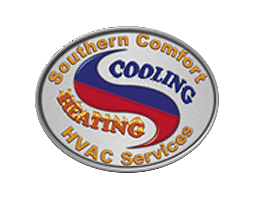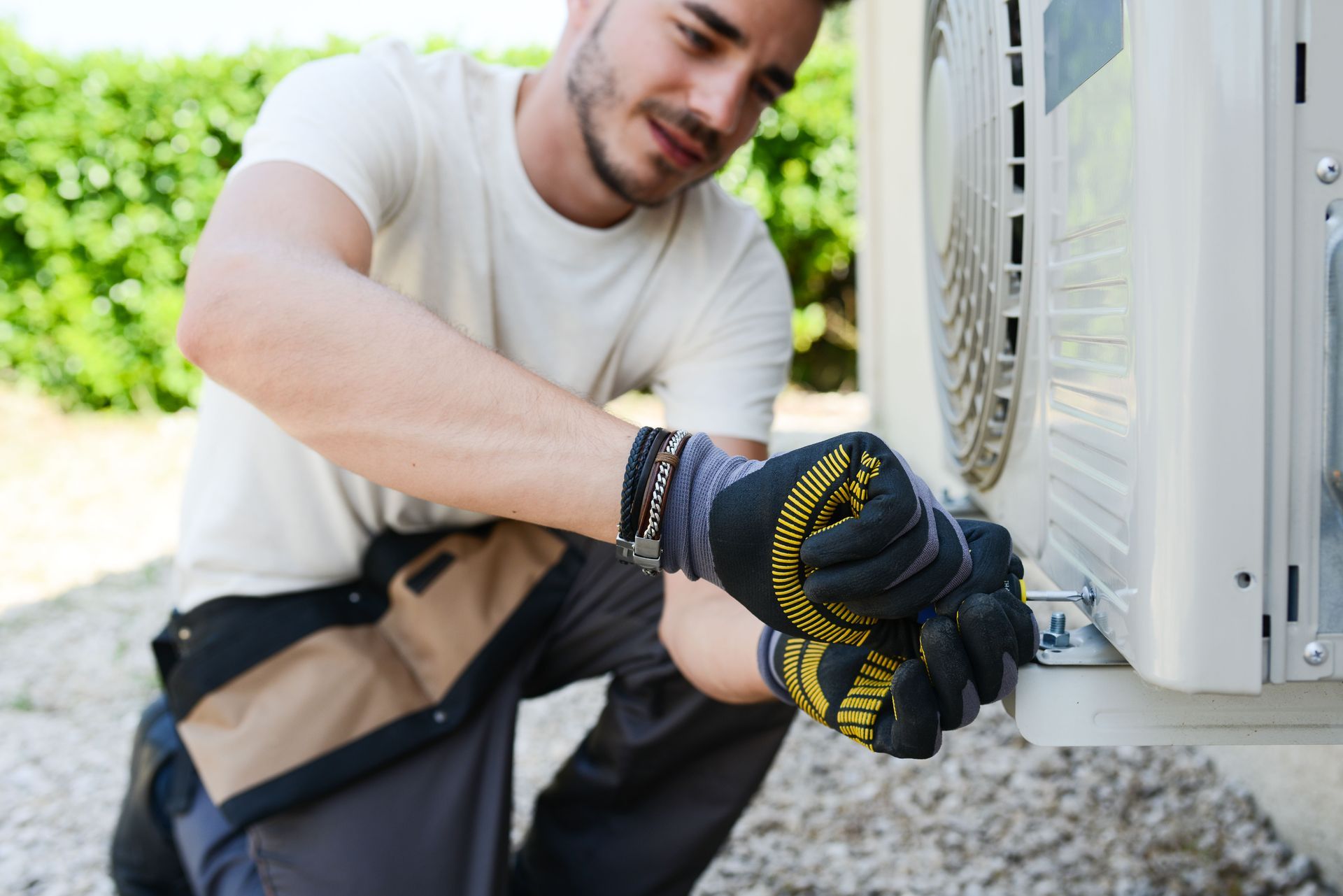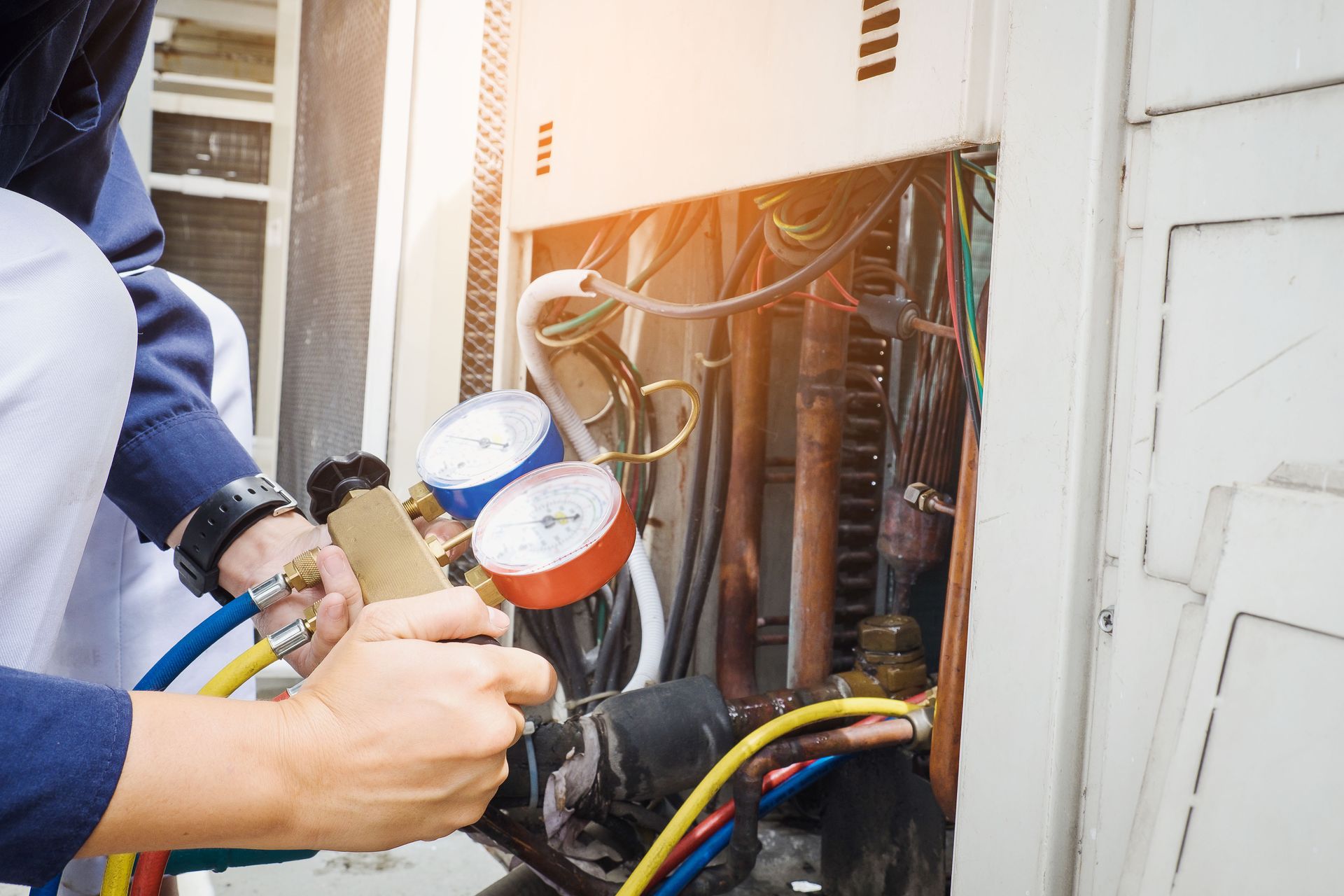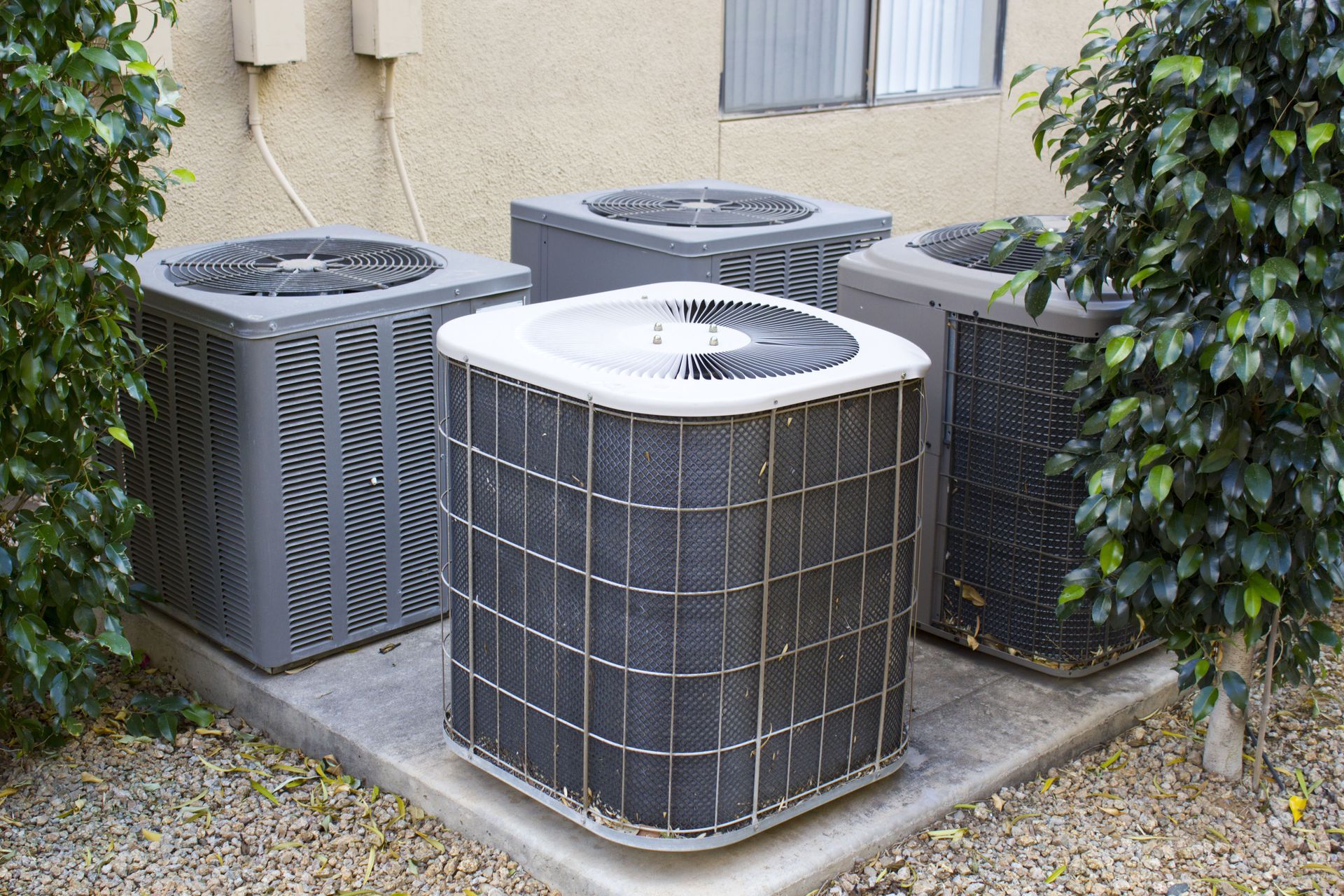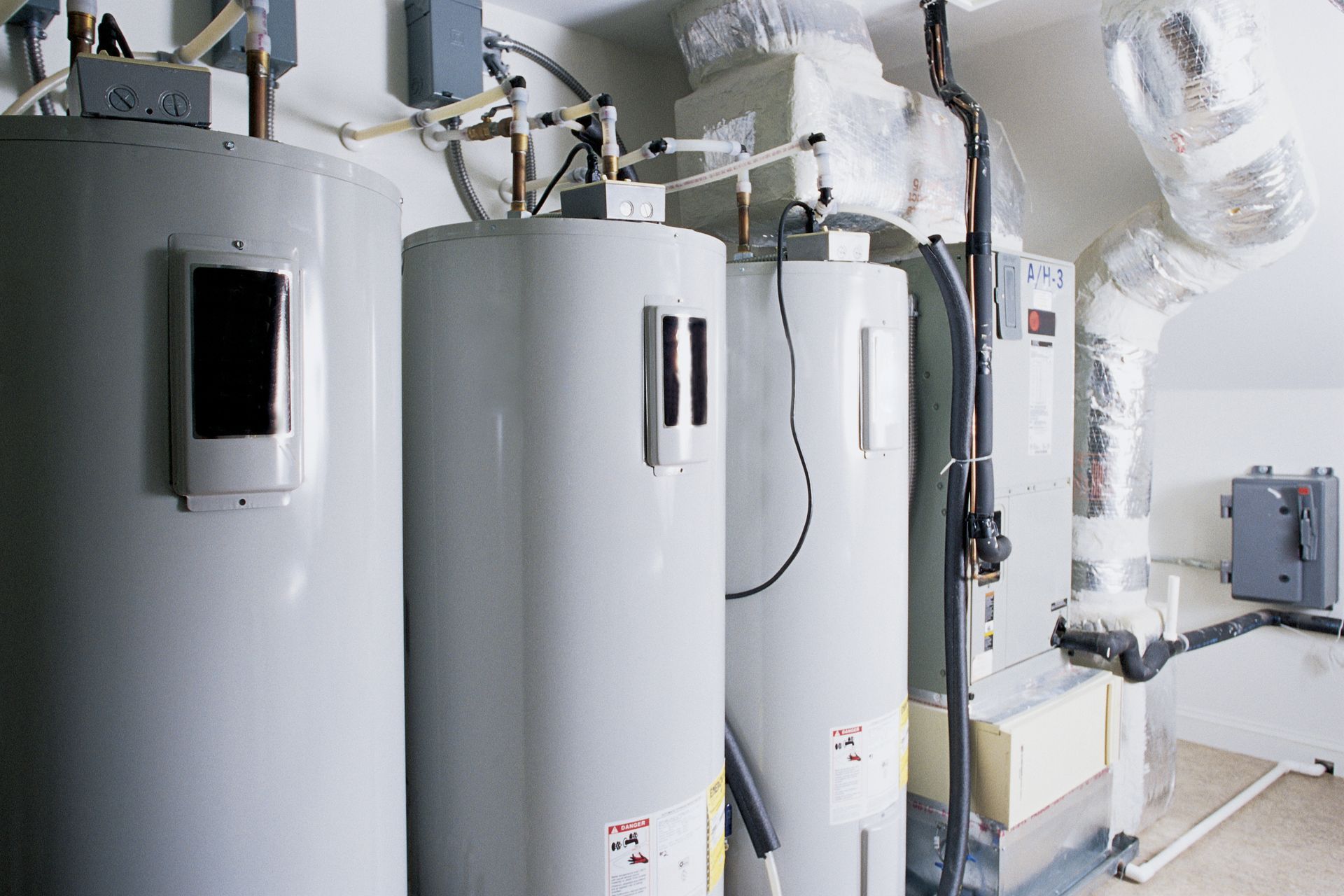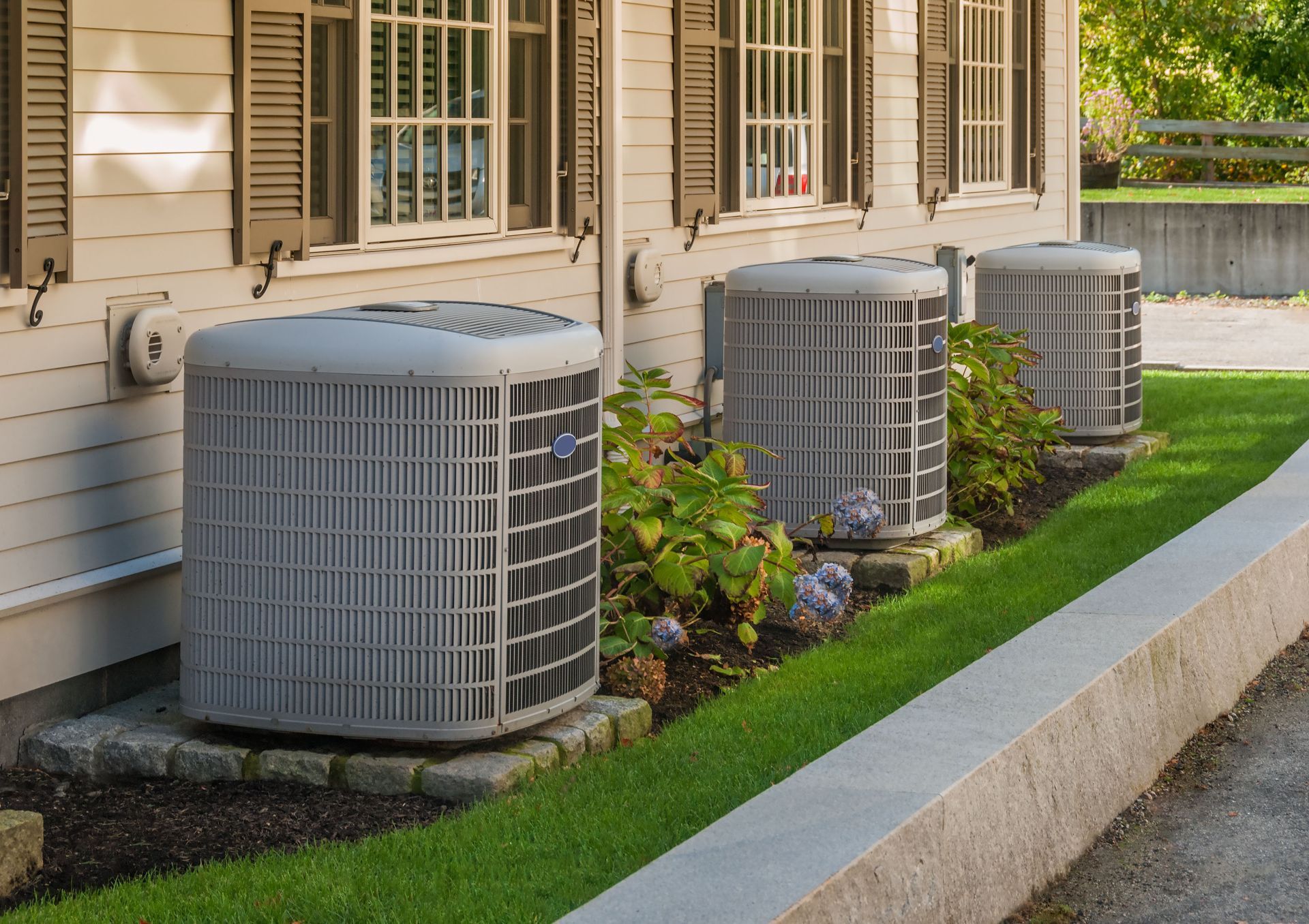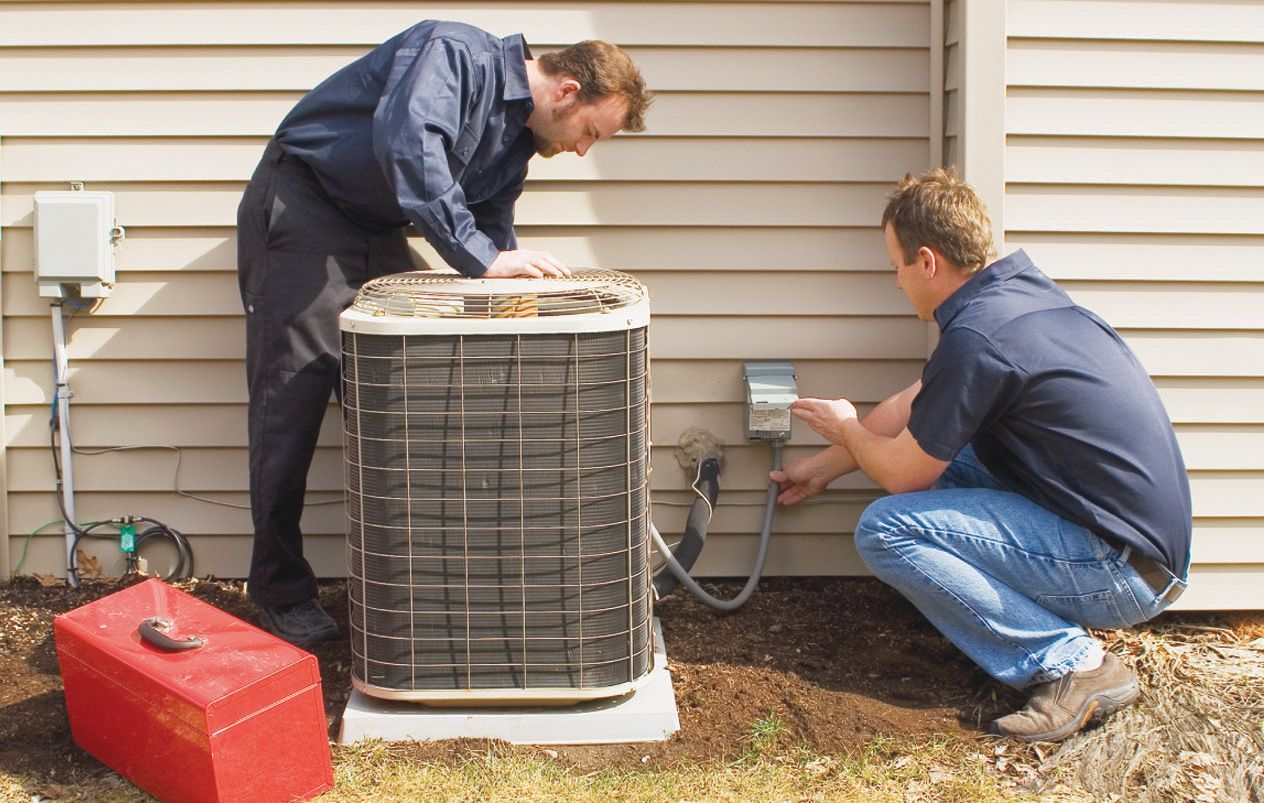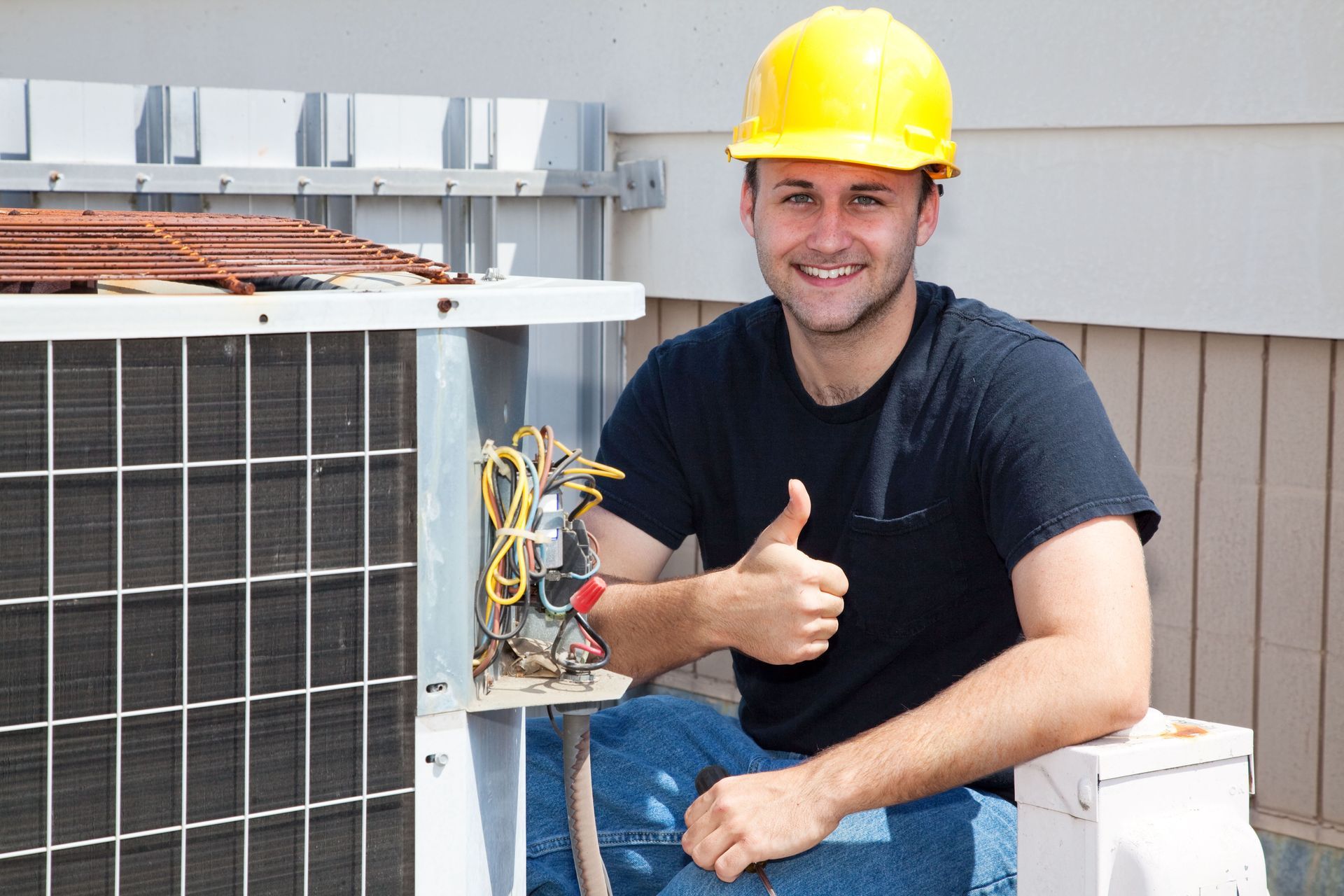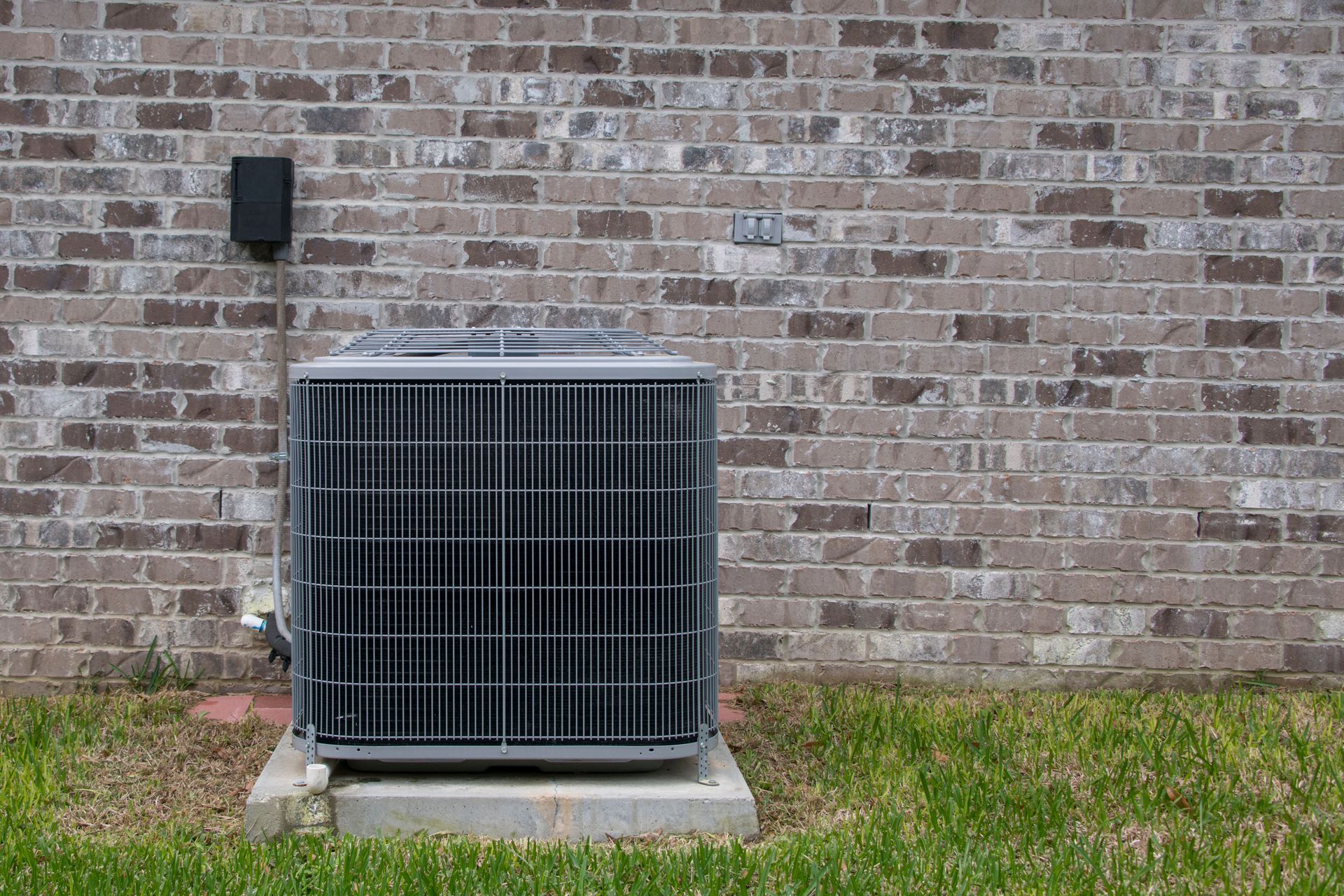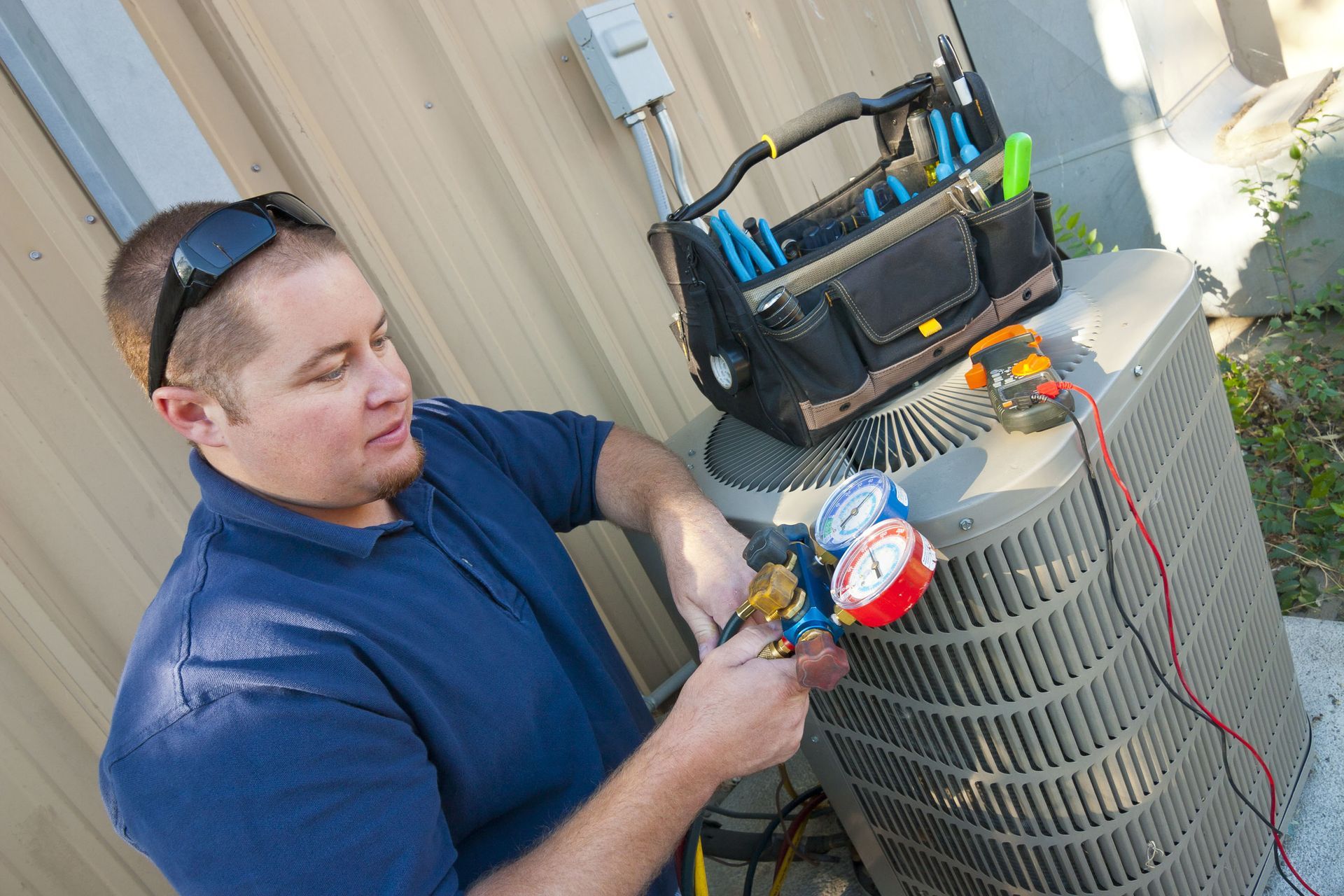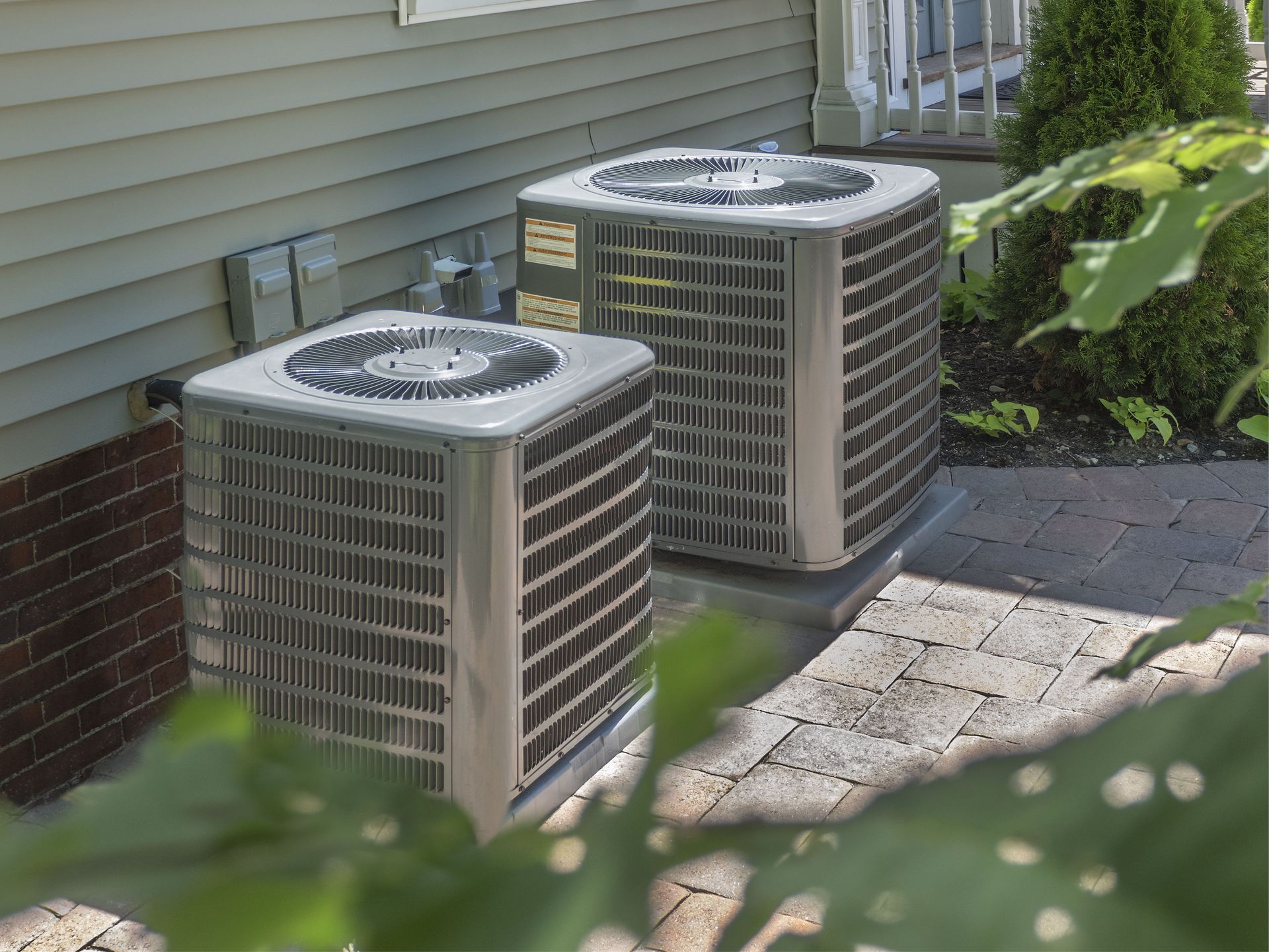How Are Heating and Cooling Services Moving Toward a Greener Future?
As our understanding of the environmental impacts of traditional heating and cooling systems expands, there is a growing urgency for more sustainable energy solutions. These systems have been significant contributors to energy consumption and greenhouse gas emissions, historically heavily reliant on fossil fuels. For instance, according to the U.S. Department of Energy, air conditioners alone account for approximately 6% of the energy consumed in the United States annually. Such statistics underscore the importance of transitioning to greener alternatives to mitigate environmental damage. This article explores various avenues through which the heating and cooling industries are shifting towards eco-friendly future practices.
Advancements in Energy-Efficient HVAC Technologies
Heat Pump Innovations
Heat pumps have witnessed significant advancements, reflecting a shift towards greater efficiency and environmental friendliness. These systems operate by transferring heat rather than generating it, making them inherently more energy-efficient than conventional heating systems. Recent innovations include the development of hybrid heat pumps, which combine electric and gas functionalities to enhance performance under different weather conditions. Moreover, the application of variable-speed compressors has enhanced the modulation capabilities of heat pumps, reducing energy waste. As this technology continues to evolve, heat pump systems increasingly represent a greener alternative within the HVAC spectrum.
Smart Thermostats and Energy Management Systems
Smart thermostats and energy management systems have revolutionized how homeowners and businesses control their heating and cooling systems. These devices allow for real-time monitoring and adjustments, often incorporating machine learning algorithms to adapt to user preferences and environmental conditions. As a result, significant energy savings are achieved by optimizing the use throughout the day, reducing unnecessary heating or cooling. These systems contribute not only to lowering energy bills but also to minimizing the overall environmental footprint. The integration of such smart technologies in HVAC systems is a testament to the industry's progress toward sustainable energy use.
High-Efficiency Furnaces and Air Conditioners
High-efficiency furnaces and air conditioners have become increasingly popular as consumers seek more energy-saving solutions. Advanced models use innovative insulation techniques and variable speed motors to enhance performance, reducing energy consumption. Some units also incorporate air quality features, such as UV-light purification, to improve indoor air conditions while maintaining efficient energy usage. According to environmental assessments, upgrading to high-efficiency HVAC systems can significantly reduce energy demands and greenhouse gas emissions. As these technologies become more accessible, they play a crucial role in shaping a greener future for heating and cooling industries.
Integration of Renewable Energy Sources
An essential trend in the drive towards greener HVAC systems is the integration of renewable energy sources. Technologies such as solar panels and wind turbines are being increasingly utilized to power heating and cooling systems. This integration not only reduces dependency on conventional energy sources but also supports grid resilience and energy cost reductions. Many innovative HVAC systems are designed to seamlessly integrate with residential solar panels, aligning energy production with consumption needs. The synergy between renewable energy and HVAC systems is vital for fostering sustainable practices within the industry.
Use of Environmentally Friendly Refrigerants
The HVAC industry has seen substantial change in refrigerant use, with a shift towards environmentally friendly options. Traditional refrigerants such as R-22 have been phased out due to their high ozone depletion potential. Newer refrigerants, such as R-410A and R-32, offer reduced environmental impact while maintaining high efficiency. Industry regulations continue to push for the adoption of even more eco-friendly options to minimize potential global warming contributions. The transition to safer refrigerants exemplifies the industry's commitment to sustainability and reducing its ecological footprint.
The Role of Sustainable Design in Heating and Cooling
Passive Heating and Cooling Designs
Passive heating and cooling designs rely on architectural techniques that naturally regulate indoor temperatures, minimizing the need for mechanical systems. By harnessing natural energy sources such as sunlight and airflow, these designs can significantly reduce energy consumption. Incorporating features like large, south-facing windows and strategically placed thermal mass can help capture and store solar energy. Similarly, shade elements and ventilation can moderate indoor environments during warmer months. Passive design principles are instrumental in creating sustainable buildings with minimal environmental impact, aligning with the broader goals of the green HVAC movement.
Building Envelope Improvements
Improving the building envelope, which consists of the walls, roof, windows, and doors, is crucial for enhancing thermal performance and energy efficiency. High-performance insulation materials such as spray foam or rigid insulation panels can dramatically reduce heat loss and gain. Energy-efficient windows with low-emission coatings further contribute to maintaining optimal indoor temperatures. In addition, advances in weather stripping and air sealing techniques help prevent drafts and reduce energy waste. These enhancements not only contribute to lower energy costs but also complement the efficiency of heating and cooling systems, fostering an integrated approach to sustainability.
Energy Modeling and Simulation Tools
Energy modeling and simulation tools are essential for optimizing building designs to achieve maximum energy efficiency and reduced environmental impact. These tools allow engineers and architects to analyze energy consumption patterns and predict the performance of HVAC systems under various conditions. By simulating different design scenarios, stakeholders can make informed decisions about materials, insulation, and system configurations. The insights gained from energy modeling can guide the selection of sustainable technologies and design features. Utilizing advanced simulation technologies is crucial for achieving a balance between functionality, comfort, and environmental sustainability in building projects.
Consumer Behavior and Eco-Conscious Choices
Trends in Consumer Demand for Green HVAC Solutions
Consumer demand for green HVAC solutions is on the rise as awareness of environmental issues and energy efficiency grows. Many homeowners and businesses are prioritizing eco-friendly options that offer long-term cost savings and reduced carbon footprints. This trend is driving innovations in product offerings, with manufacturers developing energy-efficient systems to meet consumer preferences. As the market for green HVAC solutions expands, consumers are increasingly seeking transparent information about product sustainability. Understanding these trends is crucial for companies aiming to align their offerings with socially and environmentally conscious consumers.
Impact of Education and Awareness Programs
Education and awareness programs play a pivotal role in shaping consumer behavior toward adopting green HVAC technologies. Initiatives led by governments, non-profits, and organizations aim to inform the public about the benefits of energy-efficient systems and their environmental impact. These programs often provide resources, workshops, and incentives to encourage adoption and support informed decision-making. By increasing awareness, such programs empower consumers to make choices that align with their values and contribute to environmental sustainability. Enhancing consumer knowledge is critical for driving a collective movement toward a greener future.
The Role of Energy Audits and Certifications
Energy audits and certifications provide valuable insights into the energy efficiency of buildings and HVAC systems, guiding improvements and sustainable practices. Energy audits assess current energy usage, identify inefficiencies, and recommend solutions to reduce consumption and costs. Certifications like ENERGY STAR and LEED offer recognition for buildings and systems that meet strict environmental and performance criteria. These assessments motivate property owners to invest in energy-saving upgrades and foster transparency in the market. Encouraging widespread adoption of energy audits and certifications can drive significant progress in the heating and cooling industry toward sustainability.
The heating and cooling industries are making significant strides toward a greener future through innovations in energy-efficient technologies, the integration of renewable energy, and the adoption of environmentally friendly practices. With ongoing advancements in heat pump systems, smart technologies, and sustainable building designs, the industry is increasingly aligned with global sustainability goals. Are you looking for an expert source of
heating and cooling services in the Huntsville, AL area? Contact Southern Comfort HVAC LLC today to request an appointment.
